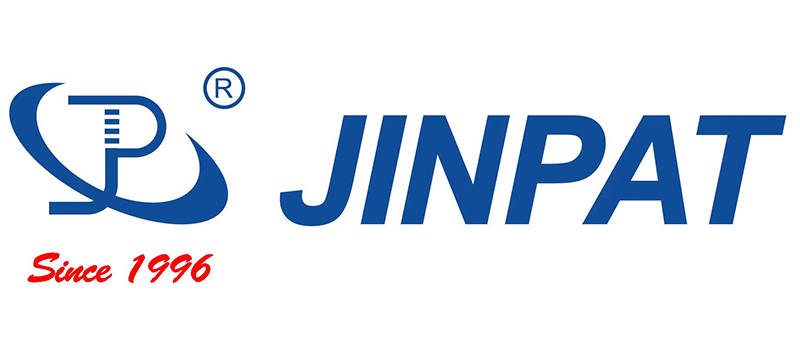JINPAT is committed to providing high-performance solutions for high-current slip rings. Each custom product undergoes meticulous design and rigorous testing to ensure quality. Default factory temperature rise tests adhere to a standard static 2-hour test to ensure temperature rise is within a safe range (<70K). To better meet customer needs, static temperature rise tests of 24 hours or more can also be conducted upon request (static temperature rise testing involves greater technical difficulty than dynamic temperature rise testing).
With over a decade of experience in high-current slip ring development, JINPAT has accumulated comprehensive test data for each product, establishing a set of rigorous inspection standards to ensure stable operation in various working environments, thereby guaranteeing quality and reliability.
Taking this customized high-current product as an example, JINPAT’ custom high-current slip ring is installed within cranes,suitable for harsh environments and high-intensity operations of offshore cranes. This slip ring performs excellently under conditions such as moist ocean air, smoke, oil mist, ship vibration, and impact, ensuring equipment reliability and safety in adverse conditions. The slip ring exhibits environmental adaptability, enabling stable operation and transmission of power, ship control signals, analog signals, and fiber optic signals. It is internally equipped with temperature-controlled heaters to adapt to different temperature conditions. The shell design, considering practical usage, is equipped with lifting ears to ensure they can bear the weight of the entire slip ring, enhancing installation stability. This makes JINPAT slip rings a reliable, durable, and high-performance choice for offshore operations.
With its technical strength and strict commitment to quality, JINPAT provides highly reliable solutions for high-current slip rings, meeting stringent requirements for equipment reliability and safety in harsh environments such as offshore operations.

